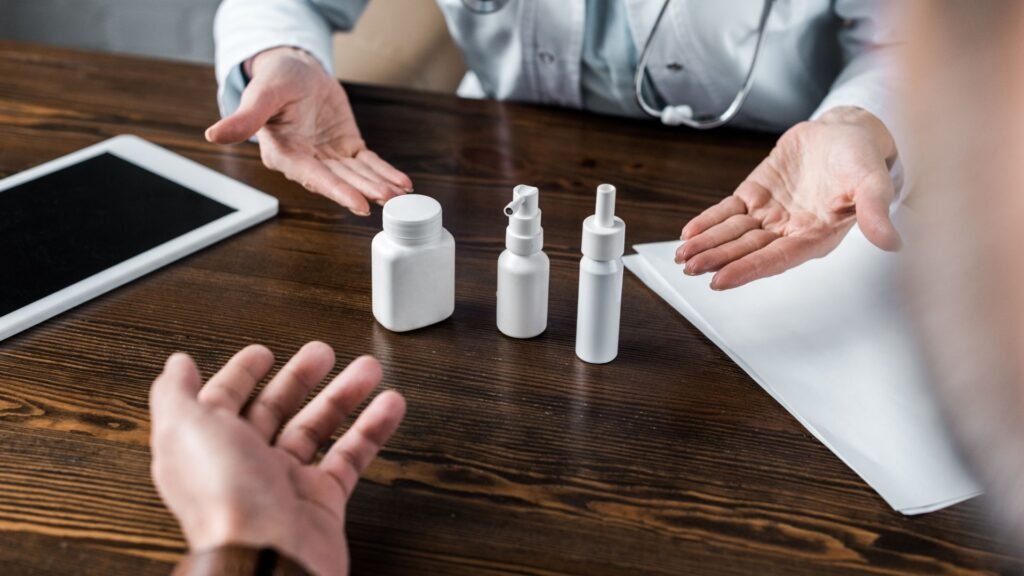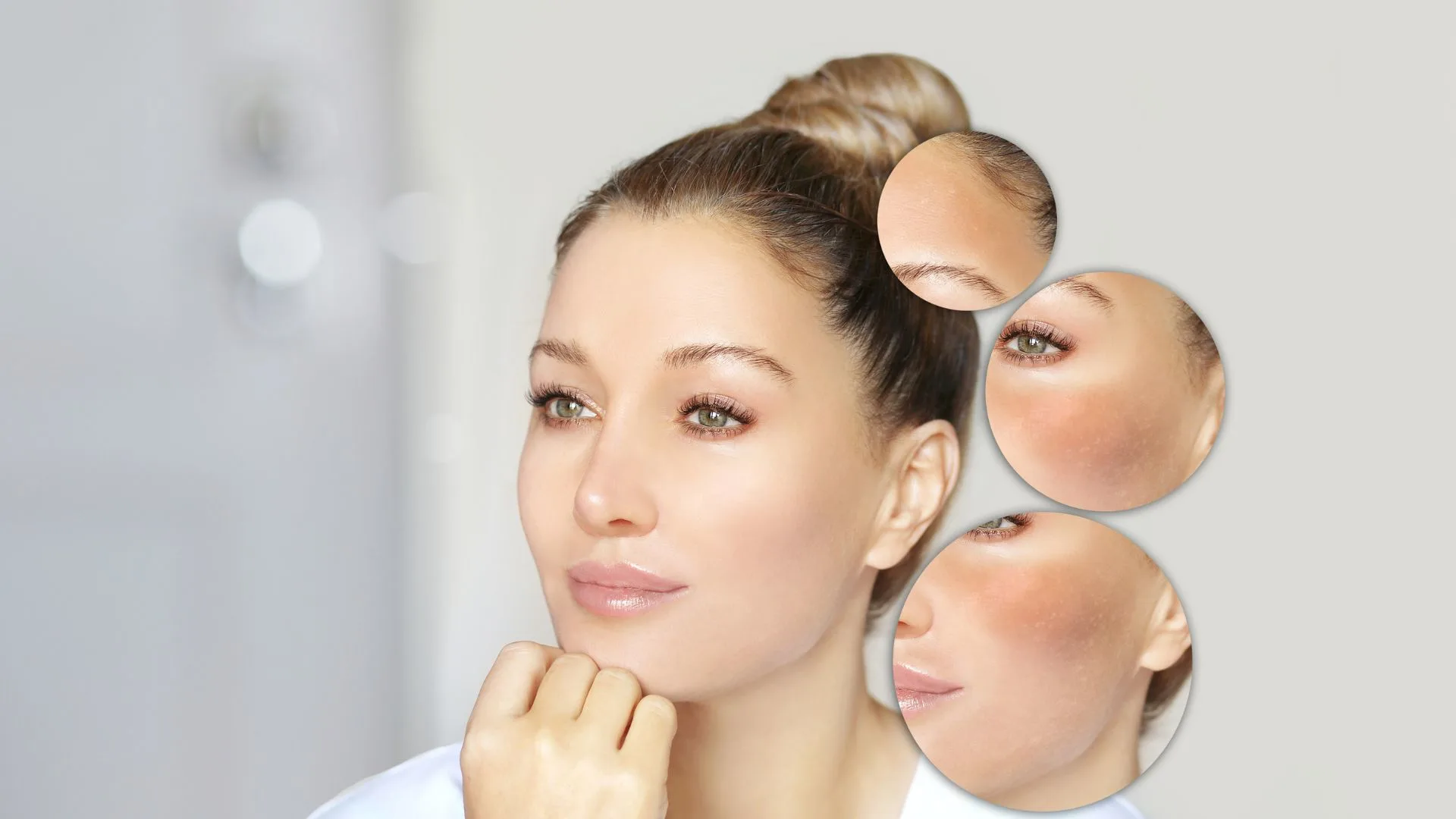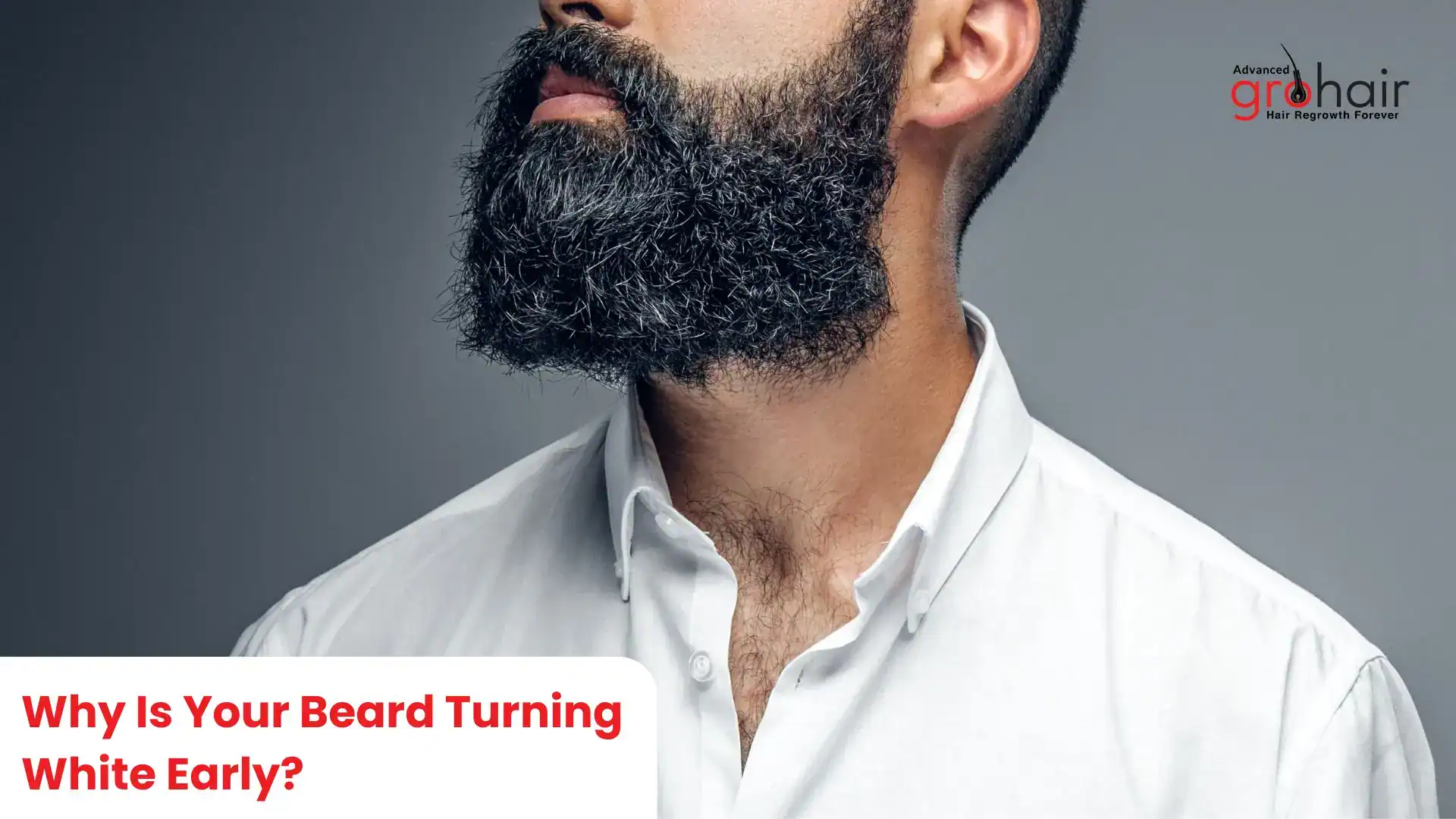Side Effects of Redensyl for Hair – What You Need to Know

Table of Contents
Is Your Hair Growth Serum Hiding a Secret? You’ve finally found a hair growth serum that promises thicker, fuller hair without the downsides of Minoxidil. You start using it, excited for the transformation. But then—you notice more hair in the drain, an itchy scalp, and unexpected shedding.
Wait… Isn’t Redensyl supposed to stop hair loss, not cause it?
Redensyl has been marketed as a breakthrough solution for hair regrowth, claiming to be better than Minoxidil—without side effects. But is that entirely true?
While many users experience thicker hair, others report mild irritation, dryness, and even temporary hair fall. So, is it a temporary period, or is there something beyond that?
Let’s dissect the actual truth of Redensyl side effects prior to adding Redensyl in your hair treatment routine, minimise risks, and if it’s suitable for treating your hair loss.
How Redensyl Works for Hair Loss Treatment
Redensyl is a plant-based, non-hormonal hair growth stimulant that works by targeting hair follicle stem cells (ORSc) and dermal papilla cells. It awakens sleeping follicles and advances them into the growth stage (Anagen) more quickly.
In contrast to Minoxidil, which stimulates blood flow, Redensyl acts at the cellular level, directly on the follicles. This is why it is used so extensively for early thinning of hair and light loss of hair.
What Makes It Different from Other Hair Growth Treatments?
- Non-hormonal action – It doesn’t impact DHT levels compared to Minoxidil or Finasteride.
- Plant-based formula – Less risk of severe side effects.
- Encourages natural regrowth – Targets follicles rather than artificially stimulating hair growth.
Key Ingredients in Redensyl
>> DHQG (Dihydroquercetin-glucoside) – Follicle stem cell activation and prolongation of the growth phase.
>> EGCG2 (Epigallocatechin gallate-glucoside) – Inflammation reducer and root hair strengthener.
>> Zinc Chloride – Hair stabilises, minimises shedding, and helps keratin formation.
>> Glycine – Required in the formation of keratin, which makes hair structure and strength more resilient.
These all ingredients are for stimulating hair growth, but some of them are also capable of causing some side effects in individuals.
Common Side Effects of Redensyl for Hair
While Redensyl is generally well-tolerated, some users may experience mild to moderate side effects.
1. Scalp Irritation & Redness
Redensyl-based products cause itching, redness, or slight burning in some users.
Most often it is caused by hypersensitivity to the active substance such as DHQG or Zinc Chloride.
If irritation continues, stop use and see a dermatologist.
>> How to Reduce It?
- Use a hydrating scalp serum before applying Redensyl.
- Do not apply Redensyl to an already irritated or injured scalp.
- Use it only in the affected regions, not throughout the scalp.
2. Dryness & Flakiness
Redensyl serums can have alcohol in them, drying out the scalp.
This could be the cause of scalp dandruff conditions, and the hair might then turn coarse.
Application of a scalp moisturising oil or serum could be helpful in maintaining hydration balance.
>> Who Is More Prone to This?
- People with naturally dry scalps.
- Those using Redensyl alongside strong anti-dandruff shampoos.
- Those who wash their hair too frequently.
3. Initial Hair Shedding
Some people notice more hair fall initially, which can be alarming.
This is due to the hair growth cycle resetting, where weaker hairs shed before new ones grow in.
It’s temporary and usually stops within 4–6 weeks.
>> Why Does This Happen?
- Redensyl pushes weak, resting hairs (Telogen phase) out to make room for stronger growth.
- This shedding phase is common in many hair treatments, including Minoxidil.
4. Itchiness or Burning Sensation
A slight tingling or warmth after using Redensyl is to be expected.
If it increases, it might be an allergy.
>> How to Decrease It?
- Always perform a patch test prior to applying it on your scalp.
- Do not use Redensyl immediately after a hot shower, as open pores can enhance sensitivity.
5. Product Buildup & Oily Scalp
Overuse of Redensyl-based serums can lead to buildup on the scalp.
This can make the hair feel greasy or weighed down.
Proper cleansing with a mild shampoo is essential.
Can Redensyl Cause Hair Loss?
No, Redensyl does not cause permanent hair loss. However, temporary shedding can occur in the first few weeks as old, weak hairs fall out before new ones grow.
If hair loss continues beyond 6–8 weeks, Redensyl may not be working for you. In such cases, switching to an alternative hair growth treatment may be necessary.
How to Reduce the Chance of Side Effects
- Perform a Patch Test – Apply a small quantity to your forearm before applying it in your scalp.
- Follow the Directions – Overuse can lead to scalp build-up and inflammation.
- Adopt a Healthy Hair Care Regimen – Wash and condition your scalp gently.
Consult a Dermatologist – Whenever you have a sensitive scalp, first visit a professional before using Redensyl.
Consult a Dermatologist – Whenever you have a sensitive scalp, first visit a professional before using Redensyl.
When to Stop Using Redensyl?
Stop using Redensyl immediately if you experience:
- Acute scalp redness, irritation, or burning that persists.
- Unusual hair loss in excess of the initial shedding period.
- Symptoms of an allergic reaction, including swelling or intense itching.
If Redensyl fails to impress you, don’t worry—there are alternatives such as:
- PRP Therapy – Use your own blood growth factors for hair replacement.
- Minoxidil – approved by FDA for treating baldness.
- Hair Supplements – Biotin, Collagen, and Omega-3 can enhance hair health.
Conclusion: Is Redensyl The Right Hair Loss Treatment for You?
Redensyl has already proven to be a very potent, non-surgical solution to hair thinning and loss for many. That it is able to also trigger follicle stem cells means that it can also be a very good alternative to Minoxidil.
But it’s not completely side effect-free. There are certain users who can cause minor scalp dryness, irritation, or temporary shedding. These are generally tolerable and transient, but in sensitive scalps or allergic persons, Redensyl might not be ideal.
If you’re considering Redensyl:
- Start slow – Always do a patch test before applying it to your scalp.
- Follow instructions – Overuse can lead to buildup or irritation.
- Keep an eye on your results – If side effects continue after 6–8 weeks, see a dermatologist.
In the end, hair growth doesn’t happen overnight. Whether Redensyl is your treatment of choice or you try something else, the secret to healthy, thicker hair is consistency, patience, and a balanced hair care regimen.
Considering trying Redensyl? Or have you tried it already? Tell us about your experience—we’d love to hear your thoughts!



